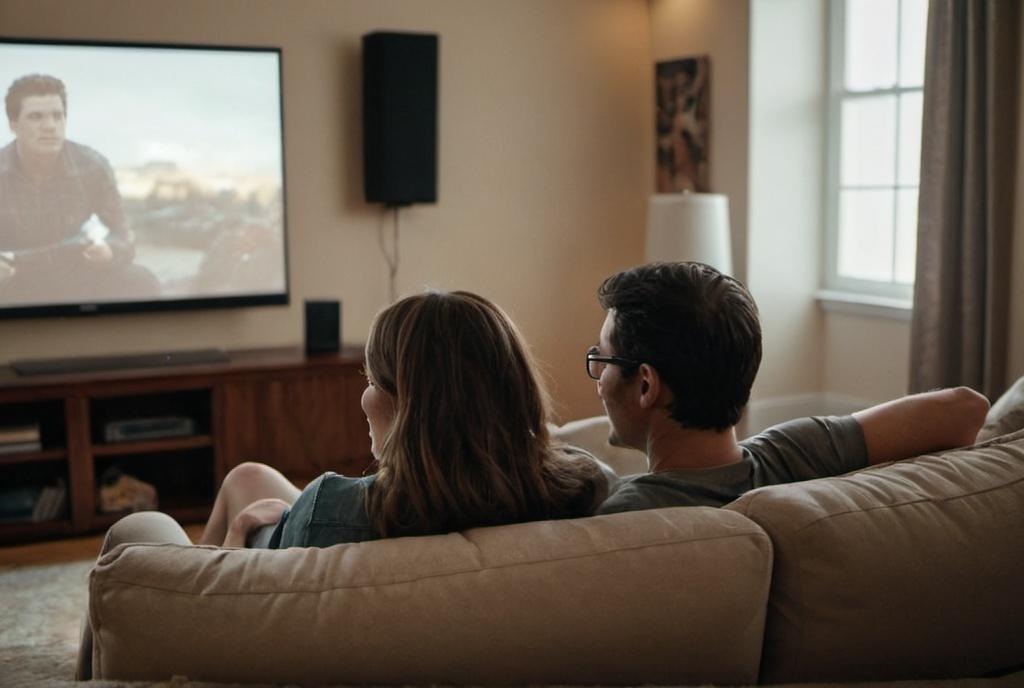
Key Take Aways About film rehearsal techniques
- Film rehearsals are crucial for refining performances and ensuring a cohesive production.
- They allow actors to explore characters, test dialogue, and uncover potential script issues.
- Directors use varying rehearsal techniques, from strict to improvisational, to align with their vision.
- Rehearsals can be financial insurance, preventing costly filming errors and reshoots.
- Case studies: Hitchcock’s structured style vs. Altman’s improvisational approach highlight different methods.
- Rehearsals blend art with logistics, transforming scripts into compelling films.

The Intricacies of Film Rehearsal Techniques
Film rehearsal techniques are like fine-tuning an orchestra. You don’t just jump in without tuning the instruments first. Similarly, as movies require precise planning, rehearsals are where actors finesse their performances before the cameras roll. It’s akin to a military operation—except with less camouflage and more dialogue.
The Basics of Film Rehearsals
Rehearsals in film production can vary in scope and intensity, depending on the director’s style and the film’s complexity. Think of it as a sandbox session for actors to experiment with their character’s motivations, relationships, and emotions. It’s where lines are dropped, picked up, and sometimes rewritten on the spot—a crucible for creativity.
Most rehearsals start with a read-through, where the script is read aloud by the cast. This is not just to get everyone familiar with the script, but also to help actors find the natural rhythm and flow of their lines. It’s like jamming before the concert. Directors often use this time to identify potential issues in script timing or character development.
Importance of Rehearsals
Why all the fuss about rehearsals? Because movies aren’t just about acting; they’re a collaborative dance involving actors, directors, and crew. Rehearsals help everyone synchronize their steps. For directors, it’s a low-pressure environment to test the waters and see how their vision aligns with the actors’ interpretations. For actors, it’s the chance to explore different angles for their character and get feedback before the big day. It’s like trying to bake the perfect soufflé—plenty of room for trial and error.
Different Rehearsal Techniques
The range of techniques employed in film rehearsals is as varied as the directors who use them. Some filmmakers swear by Method acting, urging actors to become their characters. Others prefer a looser approach, encouraging actors to bring their own experiences to the table.
Blocking rehearsals are all about the logistics—figuring out where actors will stand and move during a scene. It’s like a game of chess, but with people. No one wants actors wandering off the screen or bumping into the furniture.
Technological rehearsals involve the actual shooting elements, testing the camera angles, lighting, and special effects. It’s a final dress rehearsal for the technical team simply because no one wants a boom mic to make an unintended cameo.
The Finance Angle
Time is money in the film industry, and rehearsals can add to the budget. That said, they can also save money in the long run by avoiding reshoots and ensuring that filming proceeds smoothly. Think of it as insurance against costly screw-ups. While actors and directors might love a long rehearsal process, producers and studio execs may keep a wary eye on the clock.
Case Studies: Notable Uses of Rehearsal Techniques
Let’s take a quick look at a few directors known for their specific rehearsal styles. Alfred Hitchcock, famously meticulous, would storyboard every shot before filming, reducing the need for rehearsals. His films were rehearsed to the point where actors had little room for improvisation.
On the flip side, director Robert Altman used a loose, improvisational approach, often having actors talk over one another to create a naturalistic feel. His rehearsals were more like exercises in freedom rather than rote memorization.
Conclusion
Rehearsals are crucial for aligning the creative vision of a film. They might seem like downtime, but they’re where the magic happens, where characters are born, and where directors refine their storytelling. It’s a blend of art and logistics that, much like cinema itself, remains ever-evolving—there I go again, sounding all fancy. But whether it’s through a structured process or a more laissez-faire approach, rehearsals help transform a script from written words to moving pictures. And who doesn’t love a good movie?



